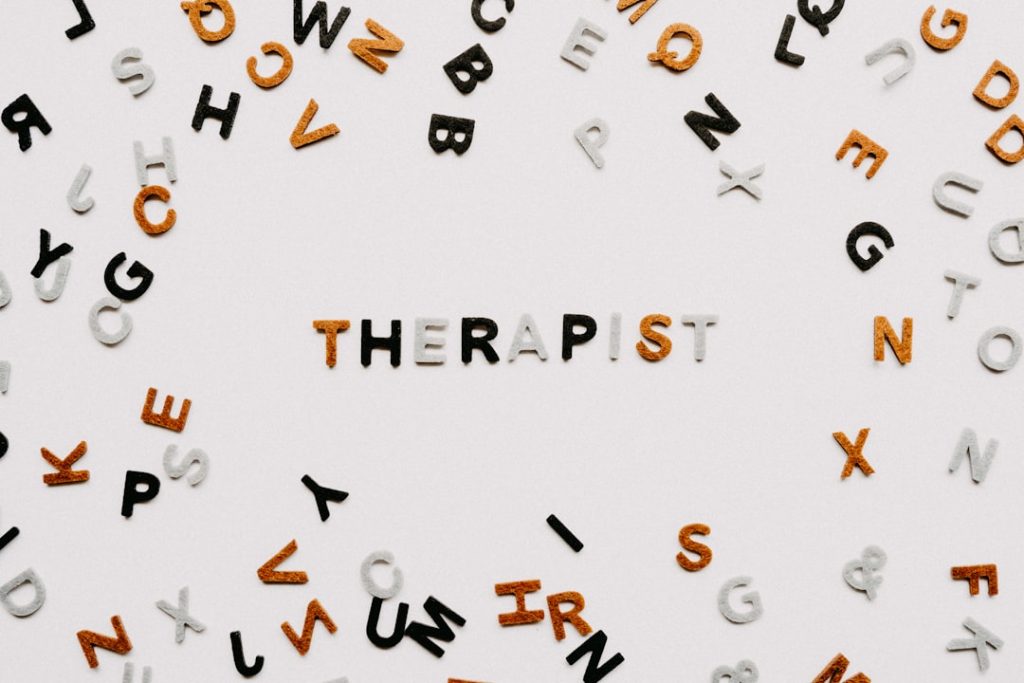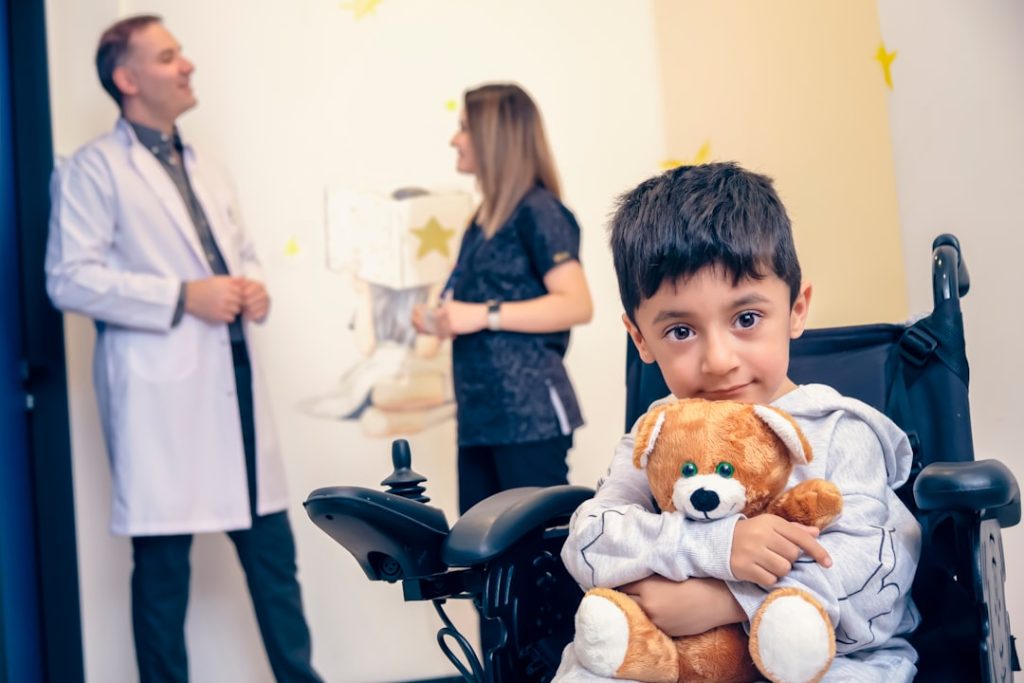Supporting Children with Autism: The Role of Diet and Nutrition
Examining the Relationship Between Nutrition and Autism: A Complete Guide for Families As families deal with the intricacies of autism, one topic that frequently comes up is nutrition and diet. Although there isn’t a single, universally applicable solution for autistic children, a comprehensive strategy for symptom management and general wellbeing improvement may include an awareness of the role that nutrition plays. In order to help families make educated decisions, we will examine a number of dietary and nutritional issues in relation to children with autism in this post. Researchers, medical professionals, and families are becoming more interested in the connection between diet and autism. Numerous studies indicate that dietary choices can have a significant impact on the behavior and health of children on the autism spectrum, even though the precise mechanisms are still unknown. After making dietary adjustments, for example, some parents report improvements in their child’s mood, concentration, and social interactions. Key Takeaways Understanding the impact of diet and nutrition on children with autism: Diet and nutrition can significantly impact the behavior and cognitive function of children with autism. A balanced and nutritious diet is crucial for supporting the overall health and well-being of children with autism. Common dietary challenges for children with autism: Children with autism may face challenges such as food aversions, sensory issues, and food allergies or sensitivities. These challenges can make it difficult for children with autism to maintain a balanced and nutritious diet. How certain foods and nutrients can affect behavior and cognitive function in children with autism: Certain foods and nutrients can have a direct impact on the behavior and cognitive function of children with autism. Understanding the effects of specific foods and nutrients can help in developing targeted dietary interventions. The role of gut health in the management of autism symptoms: Gut health plays a significant role in the management of autism symptoms. Supporting gut health through diet can have a positive impact on the overall well-being of children with autism. Practical tips for implementing a supportive diet for children with autism: Implementing a supportive diet for children with autism may involve addressing sensory issues, food aversions, and individualized dietary plans. Collaborating with healthcare professionals can help in developing a holistic approach to supporting children with autism through diet and nutrition. Interest in how particular foods and nutrients may impact autism symptoms has increased as a result. Also, research on the relationship between the gut and the brain is particularly important in order to comprehend how diet affects autistic children. Overall health depends heavily on the gastrointestinal system, and new research suggests that gut health and neurological function may be related. This link implies that a child’s diet may have an impact on their mental & emotional health in addition to their physical health. For all children, a healthy, balanced diet is crucial, but for children with autism, it may be particularly crucial. Growth, development, & general health are supported by proper nutrition, which is especially advantageous for kids who might face extra difficulties because of their illness. Energy levels, cognitive function, and the immune system can all be strengthened by eating a well-balanced diet full of vitamins, minerals, and other vital nutrients. By including a range of foods in a child’s diet, nutritional deficiencies that could worsen behavioral problems or other autism symptoms can be avoided. Fruits and vegetables contain antioxidants that can fight oxidative stress, while omega-3 fatty acids, which are found in fish, are known to promote brain health. Families can guarantee that their children are getting the nutrients they need for optimum performance by emphasizing a variety of foods. Taking care of a child with autism often presents dietary challenges for families. Topic Data/Metrics Prevalence of Autism 1 in 54 children in the United States has been identified with autism spectrum disorder (ASD) Impact of Diet on Autism Some studies suggest that dietary interventions may help improve symptoms in some children with autism Nutritional Deficiencies Children with autism may have nutritional deficiencies due to selective eating habits or food sensitivities Role of Nutritional Supplements Some parents and caregivers use nutritional supplements to address potential deficiencies in children with autism Evidence-Based Nutrition Interventions There is ongoing research to identify evidence-based nutrition interventions for children with autism Selective eating is a prevalent problem in which children may only eat a small variety of foods. If left untreated, this may result in deficiencies and nutritional imbalances. Children who have autism may also be more sensitive to food’s textures, colors, and scents due to their increased sensory sensitivity. Therefore, instead of being a time for nourishing, mealtime can turn into a battlefield. Also, some kids may have digestive problems like diarrhea or constipation, which can make choosing a diet even more difficult. It’s important to approach dietary changes with patience & understanding because these difficulties can cause frustration for both parents and kids. Finding solutions that are effective for each child starts with acknowledging these obstacles. Certain foods and nutrients can directly affect the behavior and cognitive function of children with autism, according to research. According to certain research, for example, certain children on the spectrum may have behavioral problems as a result of the proteins gluten and casein, which are present in wheat and dairy. In order to see if their child’s behavior improves, some families decide to adopt casein- or gluten-free diets. Brain health is significantly influenced by other nutrients as well. Magnesium, for instance, is known to help control mood & anxiety levels, while B vitamins are essential for energy production & brain function. In certain children with autism, omega-3 fatty acids have been associated with enhanced social & communication skills. Focusing on foods high in nutrients that promote brain health may help families improve their child’s ability to think clearly & control their emotions. Autism symptoms may be managed by the gut microbiome, which is the community of bacteria that reside in the digestive tract. According to research, gastrointestinal problems in children with autism are frequently observed,







